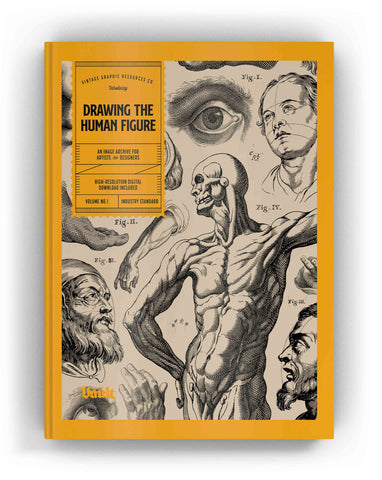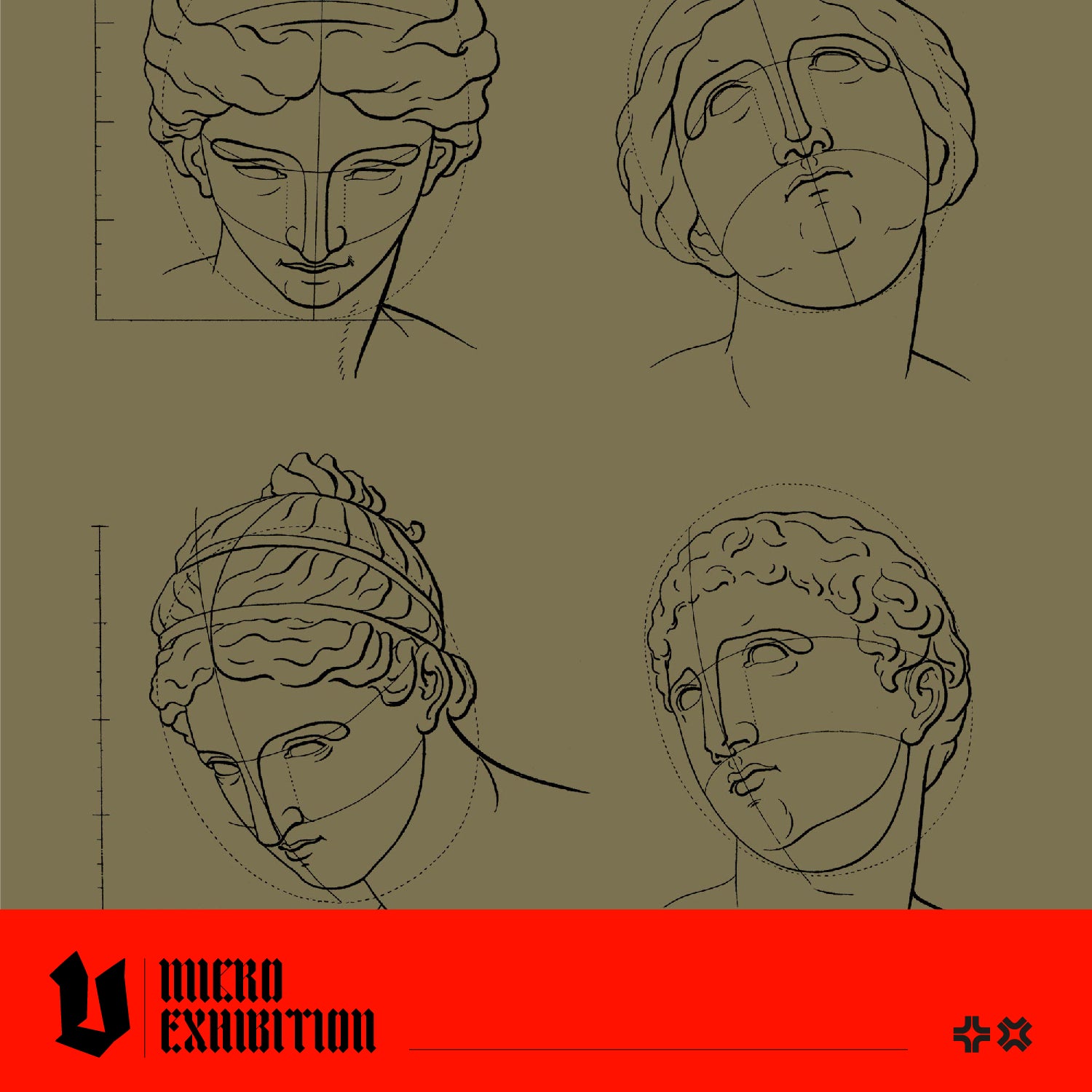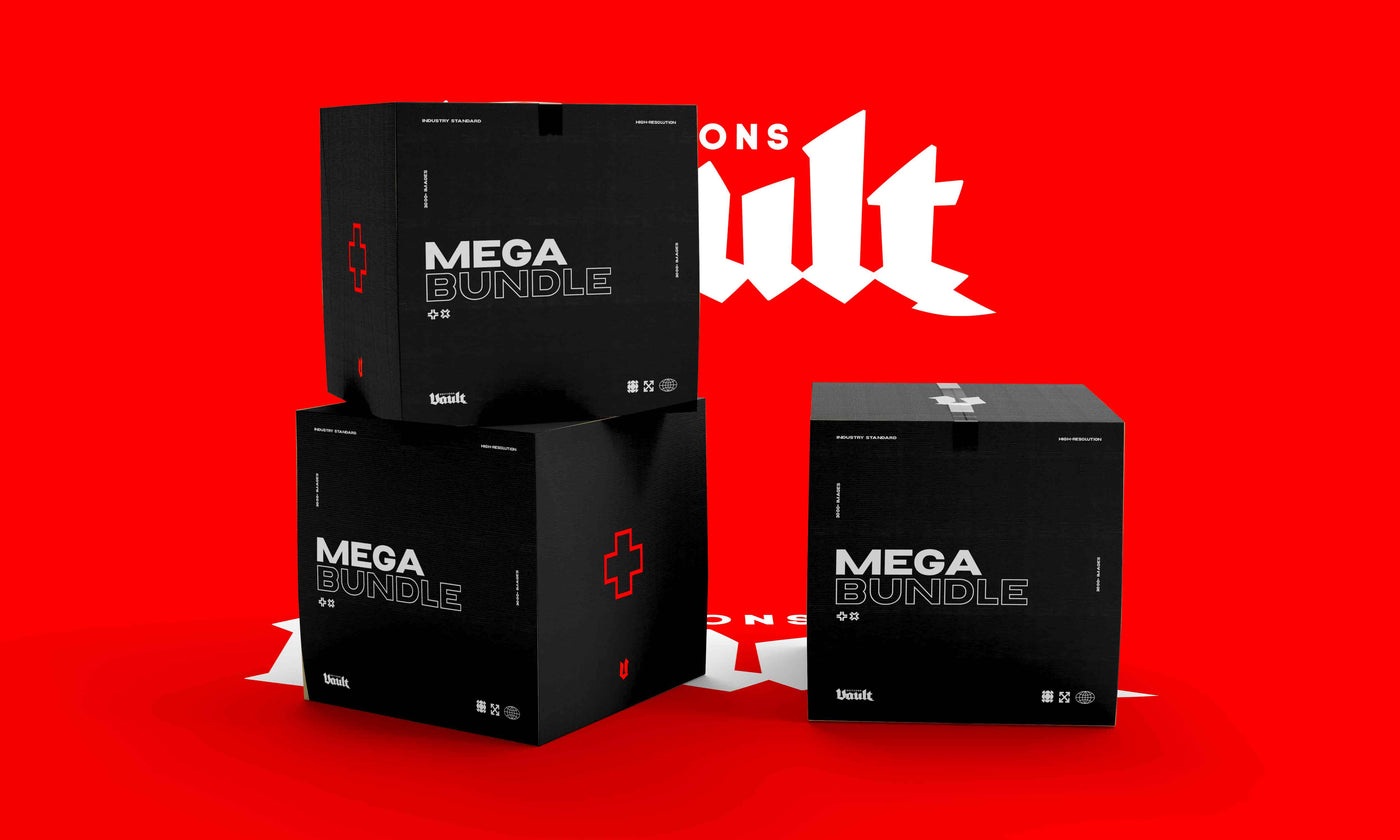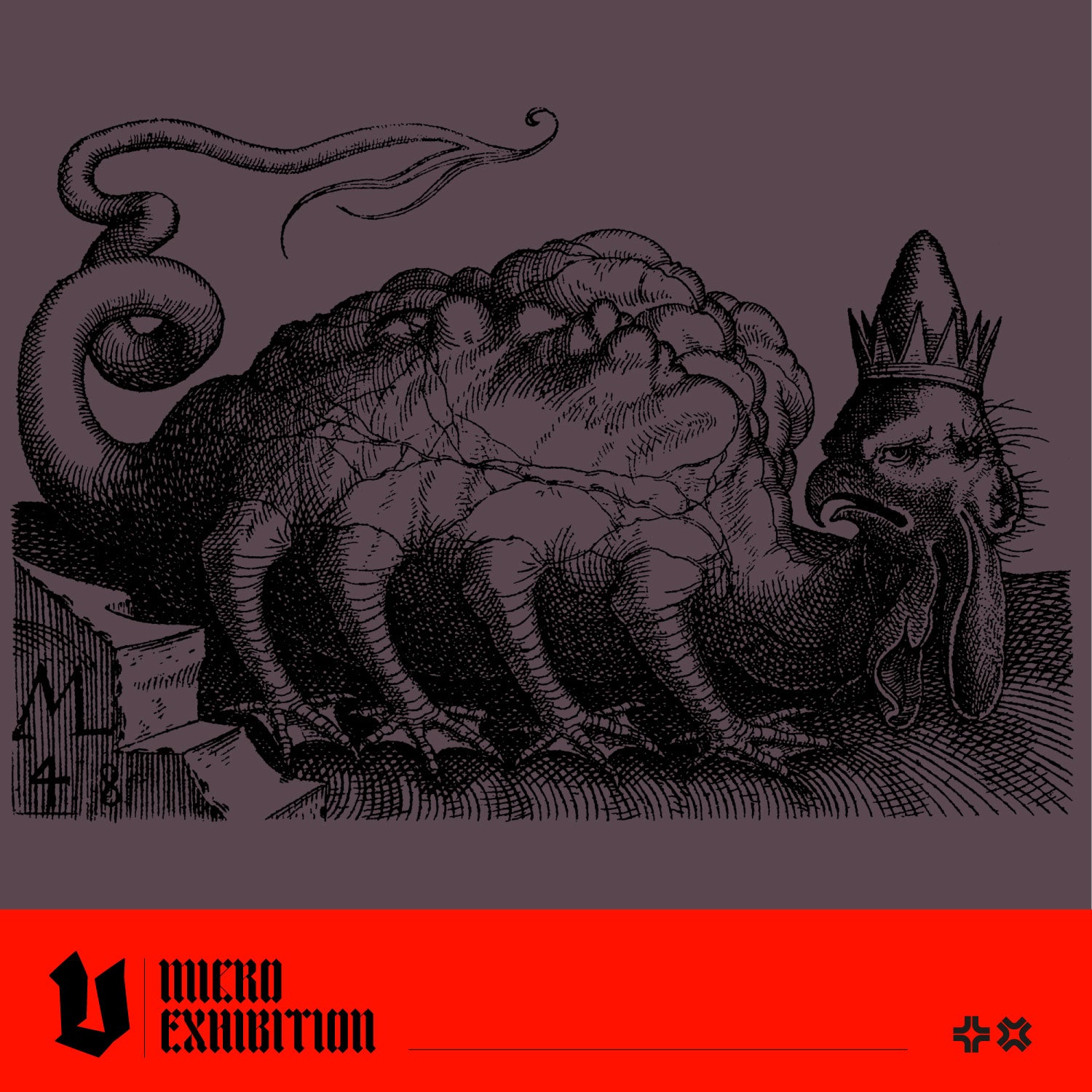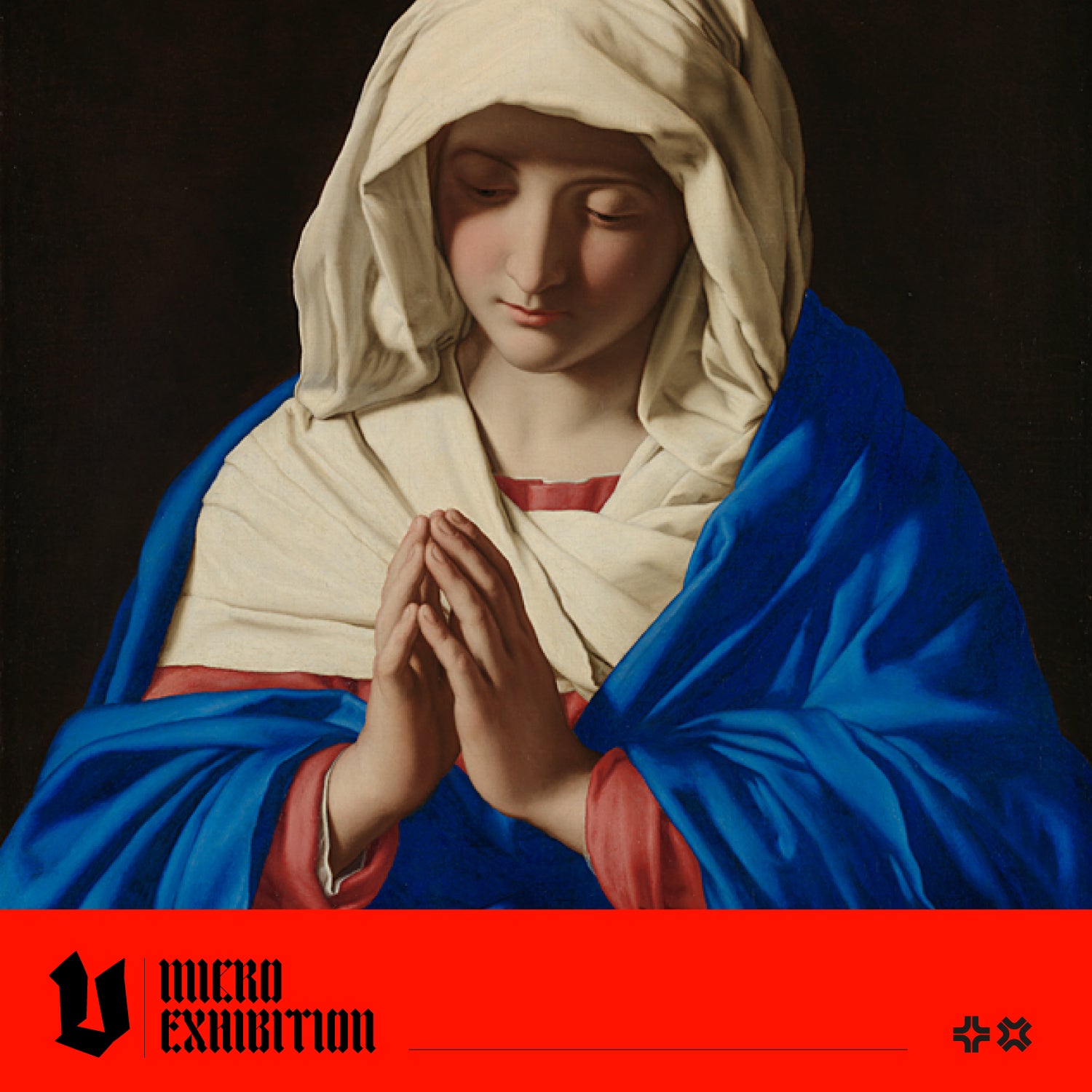What is Figure Drawing?
Figure drawing depicts the human figure and is an essential foundation for many other art forms such as painting, sculpture and illustration. An understanding of figure drawing and the various poses, shapes and angles of the human body helps artists accurately depict the human body in their artwork and create works with more realism and emotion and higher levels of aesthetic sophistication. Figure drawing also helps artists master various techniques, such as shading and perspective.
Image from Drawing the Human Figure: A Drawing Reference Book and Image Archive for Artists and Designers
How Can I Learn Figure Drawing?
If you're interested in drawing figures, there are various ways to begin. One of the most popular and effective methods is to start with basic drawing techniques such as line, shape, proportion, and perspective. These skills will help you create accurate drawings that capture the body's natural forms and gestures. You can also work on honing specific figure drawings skills like anatomy, gesture, contrast, composition and foreshortening. Foreshortening is a way of showing distance by shortening an element of the piece; see the example below of Jesus lying prone, and note how his feet are in the foreground and seem larger to create depth.
Lamentation of Christ by Andrea Mantegna
When drawing figures, it is essential to establish a strong foundation in the fundamental principles of drawing and understand the human body's structure and proportions. You can find fantastic figure drawing reference materials in our pictorial archive, Drawing the Human Figure: A Drawing Reference Book and Image Archive for Artists and Designers. Life drawing classes are an excellent opportunity to observe different poses and movements of the human body and help you understand how the human body moves and distorts during different poses so that you can accurately depict these shifts in your drawings.
Before tackling figure drawing, familiarise yourself with fundamental shapes like circles, squares, and triangles. Then advance to more complex forms like cylinders, cones, and spheres. These basic shapes will be the foundation for constructing and simplifying the human figure.
Image from Drawing the Human Figure: A Drawing Reference Book and Image Archive for Artists and Designers
Study Human Anatomy:
Examine the structure and proportions of the human body, focusing on the skeletal and muscular systems. Understanding anatomy will better equip you to draw figures accurately and confidently. Consider finding a reliable anatomy reference book, such as our pictorial archive, Vintage Anatomy: An Image Archive for Artists and Designers or using a virtual 3D anatomy model for guidance.
Grasp Proportions:
Recognise the human body's proportions by memorising a few standard measurements. For example, an adult human figure is generally around 7-8 head units tall. Understanding these proportions will aid in achieving accurate dimensions when drawing figures.
Image from Drawing the Human Figure: A Drawing Reference Book and Image Archive for Artists and Designers
Explore Gestural Drawing:
Start with quick, loose sketches to capture the essence and movement of a figure - time these sessions, such as 30 seconds or a minute, challenge yourself to capture the subjects' essence and movement, rather than focus on details. Experiment with techniques such as continuous line drawing, blind contour drawing, loose hatching, and cross-hatching and don't be afraid to take risks and break conventions!
Image from Drawing the Human Figure: A Drawing Reference Book and Image Archive for Artists and Designers
Build A Structure with Basic Shapes:
Once you are comfortable creating basic shapes and forms, construct a simplified version of the human figure known as the 'mannequin figure.' This process helps break down complex body parts into manageable shapes, making understanding their relationships and proportions easier.
Practice Regularly:
Like any other skill, figure drawing requires consistent practice. Set aside regular time to draw from observation, focusing on various poses and body types.
Explore Styles and Techniques:
Experiment with different styles, techniques, and media as you advance in figure drawing. Study famous artists ( some of our favourite figurative pieces are by J.M.W Turner, David Hockney and Percy Wyndham Lewis) to understand their approach and incorporate their strategies into your practice.
A Portrait of the Artist's Wife, 'Froanna' (Gladys Anne Hoskins 1900-1979)
What Materials Do I Need To Start Figure Drawing?
To start figure drawing, you'll need a few essential art materials. Some of the most important items include charcoal, paper or canvas, erasers and blending stumps, or tortillons. Select paper or canvas based on your desired style and technique; heavier-weight substrates tend to hold up better when building multiple layers of charcoal. Erasers are essential for making corrections while drawing and blending stumps can help to create a smooth finish with transitions between light and dark values. In addition to these materials, an artist may also want to keep other items such as chalk pastels, chamois cloths, kneaded erasers, graphite pencils, and white Conté sticks on hand for more detailed work.
Image from Drawing the Human Figure: A Drawing Reference Book and Image Archive for Artists and Designers
Using Charcoal for Figure Drawing:
Charcoal is popular media for figure drawing and is available in various degrees of softness or hardness. Soft vine and willow charcoal offer distinct properties and characteristics to cater to artists' varying preferences and styles. Both soft vine and willow charcoal originate from natural sources – the former from grapevines and the latter from willow branches. Despite their shared origin, several critical differences exist between soft vine and willow charcoal.
Comparing the Texture and Softness of Types of Charcoal:
Soft vine charcoal is generally regarded as the softer of the two materials, making it a popular choice for artists seeking a light, smooth, and easily blendable medium. It is better to create broad, soft strokes that impart a velvety texture on the drawing surface. Conversely, willow charcoal is slightly more rigid and less easily blendable, making it more suitable for artists who prefer crisp, defined lines and sharper edges in their figure drawings.
Density and Responsiveness of Charcoal:
Due to its loose composition and higher levels of carbon, soft vine charcoal is more responsive to pressure variations and adjusts well to different drawing techniques. This characteristic enables artists to conveniently switch between light and dark tones while sketching, allowing for increased versatility in expressing dimensionality and depth in the figure. On the other hand, willow charcoal has a more consistent density and fixed tonal range, which can limit artists' ability to incorporate nuanced shading or complex tonal variations.
Charcoal Dust and Smudging Properties:
As a result of its softer composition, soft vine charcoal produces more dust than willow charcoal, and it can be more prone to smudging. While this characteristic may be favourable when striving for smooth blending or intended smudging effects, it can potentially result in unintentional smearing or disturbance of the figure drawing. In contrast, willow charcoal's slightly harder composition mitigates the production of such excessive dust and smudging.
The Erasability of Charcoal:
Soft vine charcoal marks are generally easier to erase than those created with willow charcoal. Due to its lighter, less compact nature, soft vine charcoal can be quickly removed or modified using kneaded erasers, stumps, or fingertips, allowing artists to make adjustments or corrections to their figure drawings with relative ease. In contrast, willow charcoal's denser composition renders it more resistant to erasing, potentially making alterations more difficult.
Ultimately, the choice between soft vine and willow charcoal for figure drawing boils down to an artist's preferences and desired characteristics in a drawing medium. While some artists may opt for the softness and bendability of soft vine charcoal, others may prefer the crisper, more defined lines and stable properties of willow charcoal. It is essential to consider these differences when choosing the appropriate medium for a figure drawing, as the choice can significantly impact the resulting artwork's overall appearance and finish.
Figure drawing holds a special place in art, offering both developing and experienced artists an opportunity to develop their skills, explore their creativity, and gain a deeper understanding of the human form. Whether you attend classes or practise in the comfort of your home, exploring this timeless discipline will enrich your artistic journey.
Interested in Learning More?
Master the art of realistically drawing the human body with Drawing The Human Figure: An Image Archive. The Vault Editions design team have carefully curated this reference book to help artists and designers create accurate and detailed drawings of the human form.
Develop your working knowledge of anatomy, proportions, expression, perspective and movement. Learn how to draw the human skeleton and muscle structure precisely with this impressive collection of reference images. Improve your knowledge and understanding of proportion by studying the arms, hands, legs and feet in ratios relative to the rest of the body, plus a range of illustrations showing the limbs in active movements to bring your illustrations to life. Perfect your drawings of the face and its features with detailed proportional and expressive reference drawings of the mouth, nose, ears and eyes. Whether you're a beginner or an experienced artist looking to refine your craft - this book has everything you need to master drawing the human form with confidence!
Features:
Each book comes with a unique download link providing instant access to high-resolution files of all 153 images featured. These images can be used in art and graphic design projects or printed and framed to make stunning decorative artworks. This book also comes with a complimentary print-at-home gridded workbook to assist you with your drawing practice.












